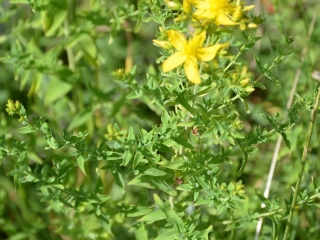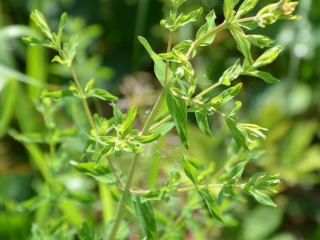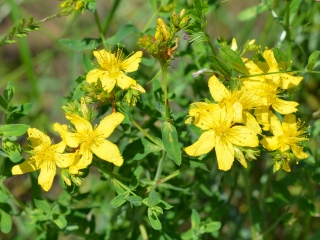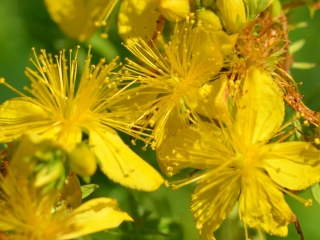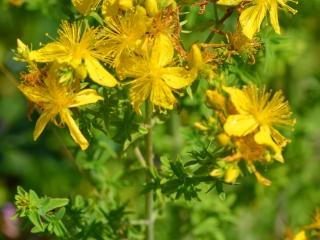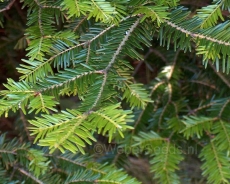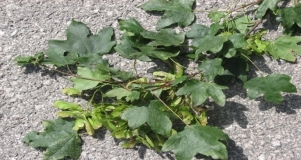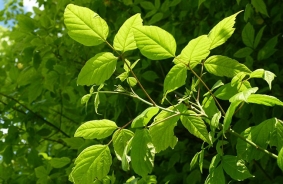Perforate St John's-wort Hypericum perforatum
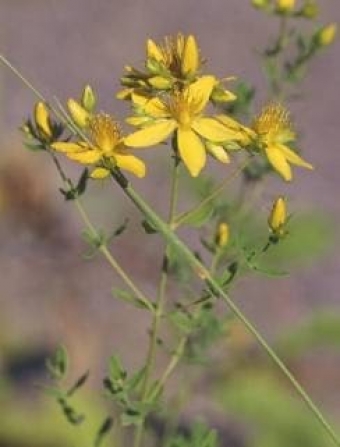
Features
Hypericum perforatum, known as perforate St John's-wort, common Saint John's wort and St John's wort, is a flowering plant in the family Hypericaceae.
| Species | Perrenial |
| Living space | Bright forest, Clean or mixed forest, Conifer forest, Cultivated areas, Deciduous forest, Field, Meadow, Mixed forest, Treeline |
| Size | 100 cm |
Description
Perforate St John's wort is a herbaceous perennial plant with extensive, creeping rhizomes. Its reddish stems are erect and branched in the upper section, and can grow up to 1 m high. The stems are woody near their base and may appear jointed from leaf scars. The branches are typically clustered about a depressed base. It has opposite and stalkless leaves that are narrow and oblong in shape and 1–2 cm long. Leaves borne on the branches subtend the shortened branchlets. The leaves are yellow-green in color, with scattered translucent dots of glandular tissue. The dots are conspicuous when held up to the light, giving the leaves the "perforated" appearance to which the plant's Latin name refers. The flowers measure up to 2.5 cm across, have five petals and sepals, and are colored bright yellow with conspicuous black dots. The flowers appear in broad helicoid cymes at the ends of the upper branches, between late spring and early to mid summer. The cymes are leafy and bear many flowers. The pointed sepals have black glandular dots. The many stamens are united at the base into three bundles. The pollen grains are ellipsoidal. The black and lustrous seeds are rough, netted with coarse grooves. When flower buds (not the flowers themselves) or seed pods are crushed, a reddish/purple liquid is produced. It likes sunny positions on dry limestone soils, especially on meadows, along the edges of meadows and forests, along walls and paths up to an altitude of 1500 m.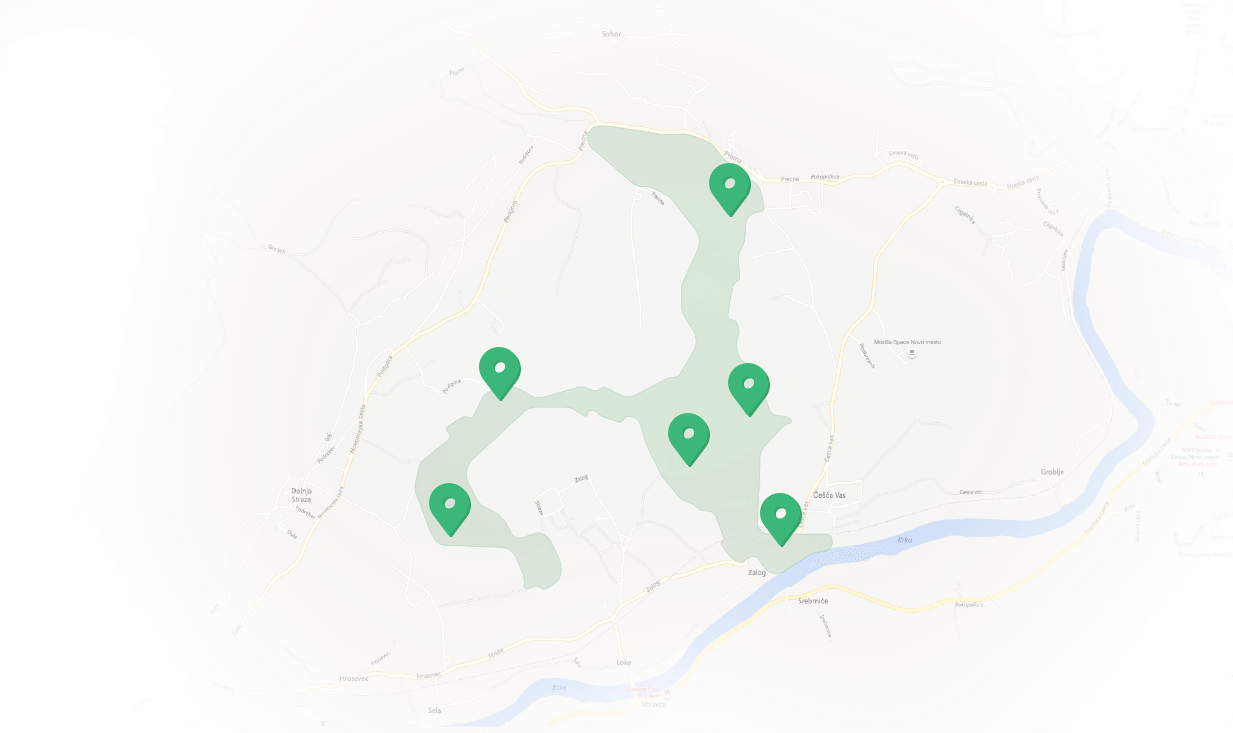
Features Temenica (3)
SPECIAL ogr.

